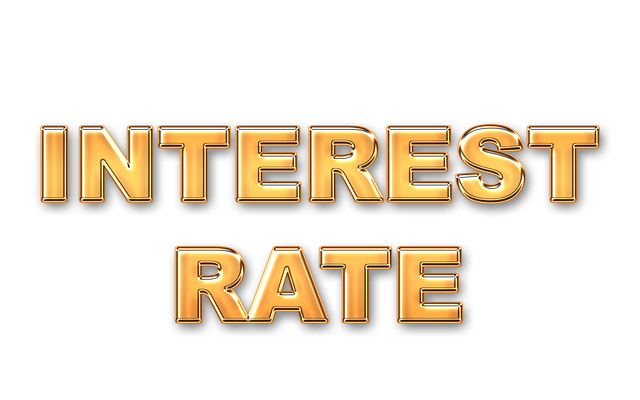In real estate, understanding market dynamics is key to success. The Federal Reserve's interest rate policy significantly influences property values and trends, affecting both residential and commercial sectors. Lower rates stimulate economic growth and make homeownership more affordable, while higher rates cool down the market. By navigating these factors, individuals can make informed decisions in today's bustling real estate landscape.
“Unraveling the intricate relationship between the Federal Reserve and real estate markets is pivotal in understanding today’s economic landscape. This article explores how the Fed’s actions, particularly its setting of market-based interest rates, significantly influence both residential and commercial real estate sectors. By delving into these dynamics, we gain insights into the effects of Federal Reserve policies, highlighting their profound impact on the industry. Discover how these regulatory tools shape investment strategies and market trends in real estate.”
How the Federal Reserve Impacts Real Estate Markets

Setting Interest Rates: A Tool for Market Regulation

The Federal Reserve plays a pivotal role in regulating the market, and one of its primary tools is setting interest rates. This strategy significantly impacts various sectors, including the real estate industry. By adjusting interest rates, the Fed can influence borrowing costs, which, in turn, affects consumer spending and investment decisions. Lower interest rates often stimulate economic growth by encouraging loans for businesses and individuals, including those looking to purchase properties, thereby boosting the real estate market.
Conversely, higher interest rates can help curb inflation and cool down a hot market. In times of economic uncertainty or rising prices, the Fed may raise rates to slow down lending and spending, which can lead to more stable housing prices. This approach allows for a delicate balance in the economy, ensuring that real estate remains accessible without fueling excessive speculation or unsustainable growth.
Effects of Fed Policies on Residential and Commercial Real Estate

The Federal Reserve’s policies have profound effects on the real estate market, with distinct impacts on both residential and commercial properties. Through its monetary tools, the Fed influences interest rates, which play a crucial role in shaping the affordability and accessibility of mortgages for prospective homebuyers. Lower interest rates, often a result of Fed interventions, can stimulate the residential real estate sector by making homeownership more attractive and affordable, thereby driving up demand. Conversely, higher interest rates tend to cool down the market as borrowing costs increase, potentially reducing the number of buyers and impacting property prices.
Commercial real estate also feels the ripple effects of Fed policies. Business investment in properties is significantly affected by interest rate movements. The Fed’s actions can impact the cost of financing for commercial projects, encouraging or deterring investments in offices, retail spaces, and industrial facilities. Furthermore, the availability of credit and lending terms set by the Fed can influence the overall health of businesses, which, in turn, affects their ability to lease or purchase real estate, creating a cascading effect throughout the market.






